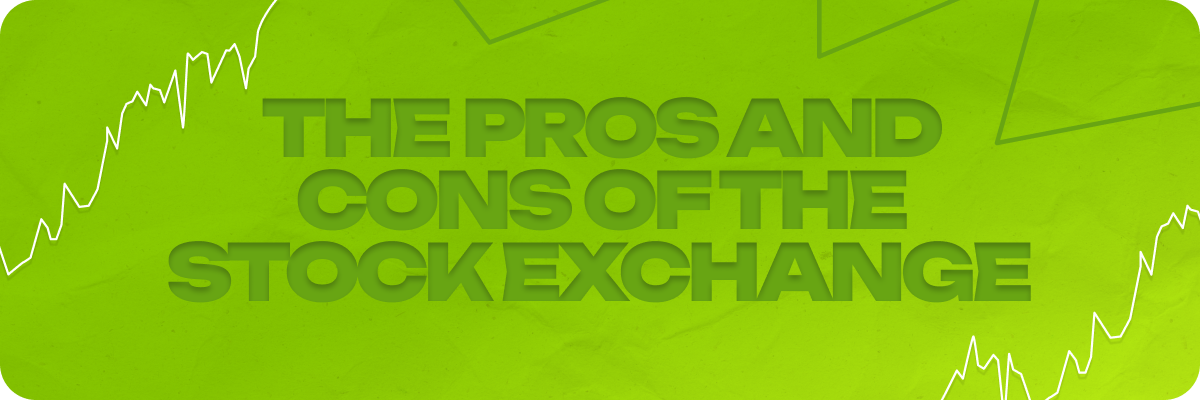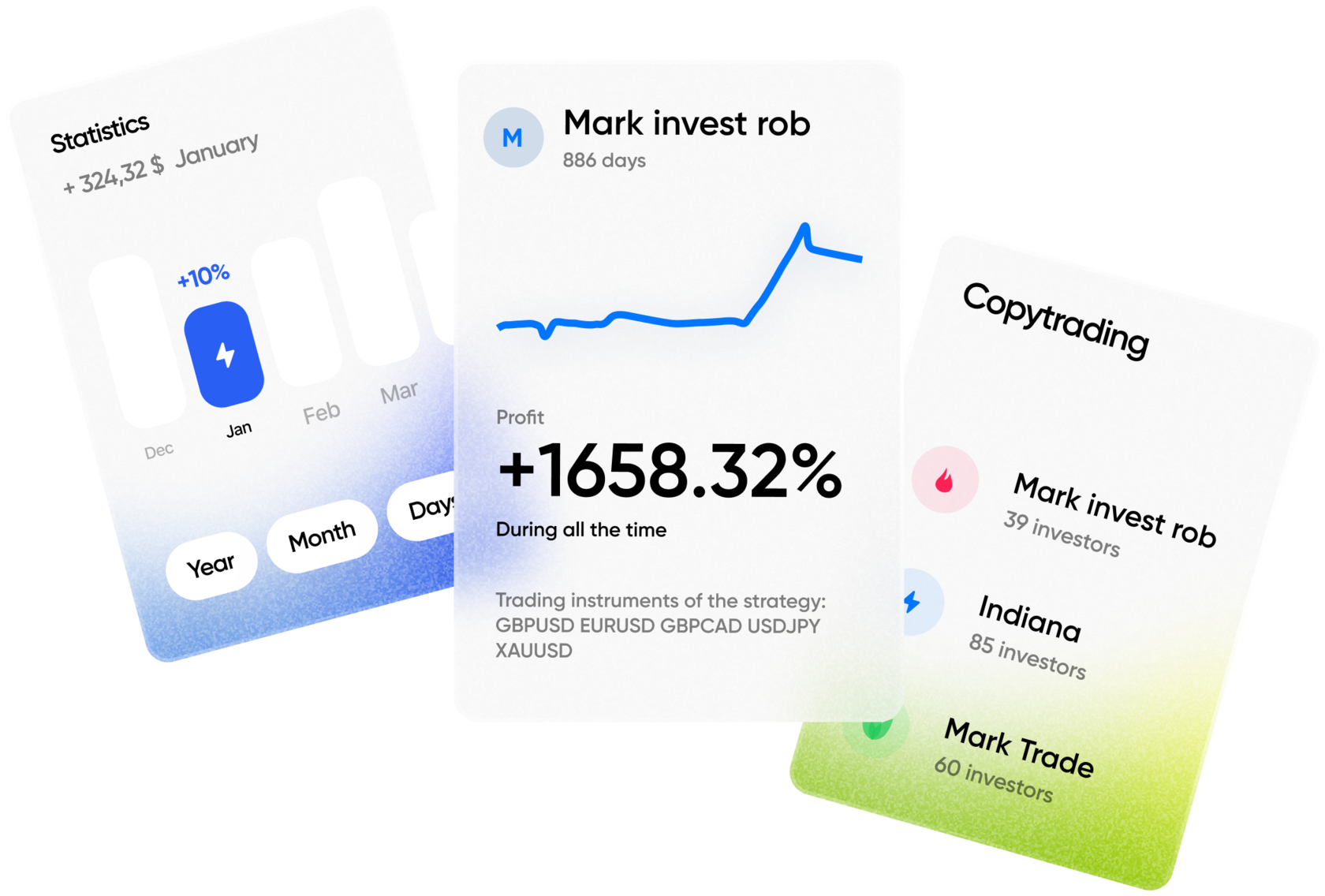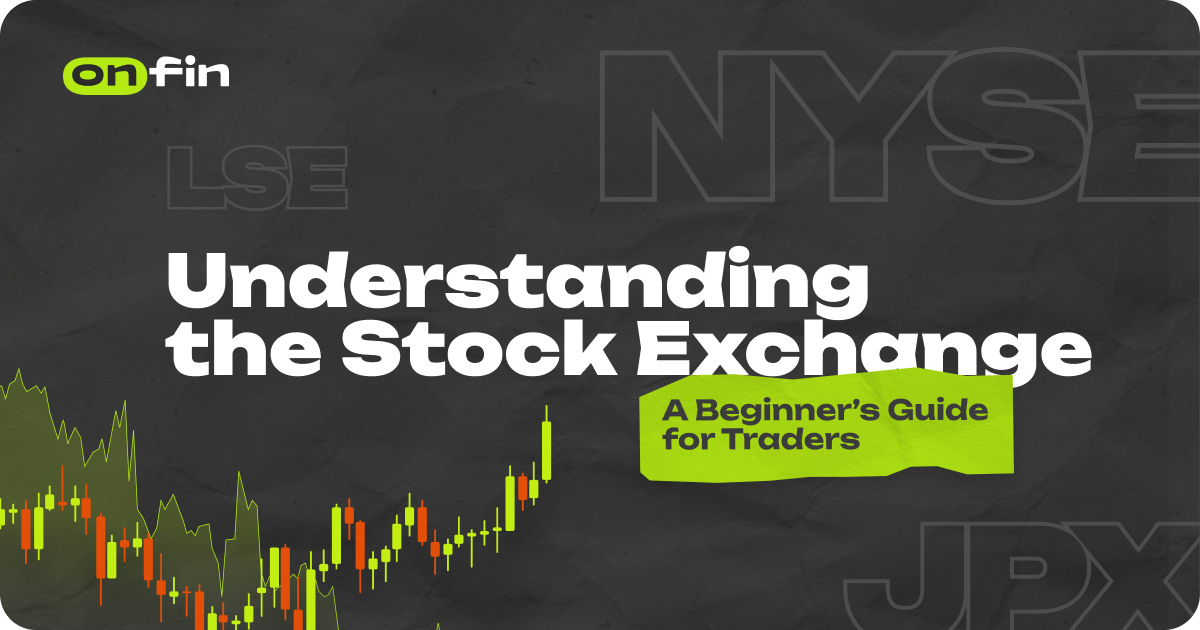If you’ve ever imagined the stock exchange as a buzzing floor full of people waving papers and yelling “Buy!” and “Sell!”, you’re not entirely wrong—but that’s just the tip of the iceberg. In reality, the stock exchange is a sophisticated, highly regulated, and increasingly digital environment that lies at the very heart of global financial systems.
Whether you’re a beginner investor or someone curious about how trading really works, understanding the stock exchange is a critical first step. This guide breaks it down in a way that’s not only informative but also digestible—and actually useful for getting started.
What Is a Stock Exchange?
A stock exchange is a centralized marketplace where shares of publicly traded companies are bought and sold. Unlike over-the-counter (OTC) trading, which happens directly between two parties, stock exchanges operate under strict regulations, offering a more transparent and secure environment for trading.
Think of it like this: if stocks were goods, the stock exchange would be a well-organized shopping mall with security, lighting, and rules. OTC, by comparison, would be like buying from a stranger in a parking lot—it can still work, but it comes with more risk and less structure.
How Does the Stock Exchange Work?
At its core, a stock exchange connects buyers and sellers. When you place an order to buy or sell a share—whether through your trading app or broker—that order is matched with someone on the other side who wants to sell or buy, respectively. This process happens in seconds, often electronically, and ensures that prices are determined fairly through supply and demand.
But here’s the twist: not every company can jump on board. To be listed on a stock exchange like the NYSE or NASDAQ, companies must meet specific criteria. These can include market capitalization requirements, earnings history, and corporate governance standards. For example, listing on NASDAQ may require a company to be valued at over $70 million, while getting a seat at the New York Stock Exchange might demand $100 million or more.
This exclusivity is by design. Stock exchanges are curated environments meant to promote legitimacy, accountability, and investor confidence.
Why the Stock Exchange Matters to Traders
You might ask: Why should I care about the stock exchange if I just want to make a few trades?
Because the stock exchange isn’t just a place where trades happen—it’s where strategy lives.
Professional traders don’t look at the market as a big, chaotic mess. They look at stock exchanges as structured arenas that reflect everything from consumer confidence and global politics to innovation trends and investor psychology. When you understand how a stock exchange functions, you’re not just pressing buttons on a trading app—you’re reading the mood of the market.
Here’s why it matters:
- Liquidity: The stock exchange provides instant access to thousands of stocks. This means you can enter and exit trades quickly.
- Transparency: Regulated exchanges publish real-time prices, trading volumes, and order books—giving you data to make smarter decisions.
- Access to quality assets: Listed companies go through rigorous screening. Trading on a major exchange means you’re likely dealing with companies that have passed serious credibility tests.
Major Stock Exchanges Around the World
The stock market isn’t one monolithic place—it’s a network of exchanges across the globe. Some of the most influential include:
- New York Stock Exchange (NYSE) – the world’s largest by market capitalization.
- NASDAQ – home to many tech giants like Apple and Amazon.
- London Stock Exchange (LSE) – one of the oldest and most international.
- Tokyo Stock Exchange (JPX) – Asia’s financial powerhouse.
- Shanghai Stock Exchange (SSE) – the beating heart of China’s capital markets.
- Bombay Stock Exchange (BSE) – India’s major exchange with deep historical roots.
Each exchange has its own quirks, hours, and regional influence. Traders often track multiple exchanges depending on global market conditions and opportunities.
The Pros and Cons of the Stock Exchange

No financial tool is perfect, and the stock exchange is no exception. It comes with both advantages and limitations, especially if you’re just getting started.
The Pros:
- Trust & Credibility: Listed companies must follow strict financial reporting rules.
- Investor Protection: Exchanges are regulated and monitored for fraud and misconduct.
- Access to Capital: Companies can raise large sums of money through public listings.
- Efficient Execution: Technology ensures most trades are processed in milliseconds.
The Cons:
- High Entry Barriers (for companies): Getting listed is expensive and time-consuming.
- Volatility: Stock prices can swing wildly based on news, rumors, or global events.
- No Guarantees: Even listed companies can underperform or collapse.
- Crash Risk: Though rare, stock exchanges have experienced sudden, massive sell-offs.
The key to navigating the cons? Education, strategy, and risk management. Knowing what you’re getting into makes all the difference.
How Pro Traders Use the Stock Exchange to Their Advantage
For professionals, the stock exchange is much more than a trading venue—it’s a data source, a risk engine, and a battleground for strategy.
Some focus exclusively on stocks from a specific exchange because they know its patterns inside out. Others use the exchange’s listing requirements as a filter, trusting that listed companies meet certain performance and governance standards.
Many institutional traders watch the volume and volatility on specific exchanges to predict short-term movements. Others analyze macro trends and sector rotations, using the exchange as a reflection of the broader economy.
In short, they don’t just trade stocks—they trade insight.
Getting Started: Using the Stock Exchange in Your Own Trading
If you’re just starting out, don’t let the formality of “stock exchange” intimidate you. You’re already using it every time you open a trading app or buy a stock.
The real challenge is learning how to use it well.
Start by asking yourself:
- Where is this stock listed, and why?
- What kind of news impacts this exchange the most?
- Are trading hours and regulations different from others?
- What does the activity on this exchange say about investor sentiment?
The more context you gather, the smarter your trades become.
Final Thoughts
The stock exchange is often misunderstood as a mysterious or intimidating place. But in reality, it’s just a highly organized marketplace where opportunity and risk meet face-to-face.
For beginners, understanding the stock exchange is like learning how to read a map before setting off on a journey. It doesn’t make the road easier—but it helps you choose the right direction.
So next time you hear about a company “going public” or see a stock ticker flash across your screen, remember: you’re not just witnessing a trade—you’re tapping into a centuries-old system that has helped shape global economies and build personal fortunes.
Learn it, respect it, and trade with purpose.







